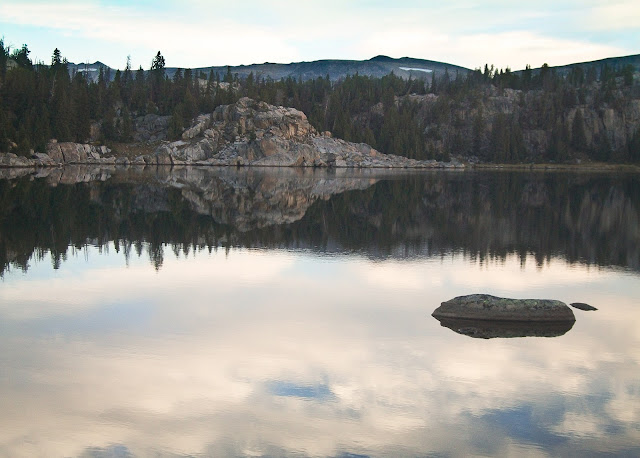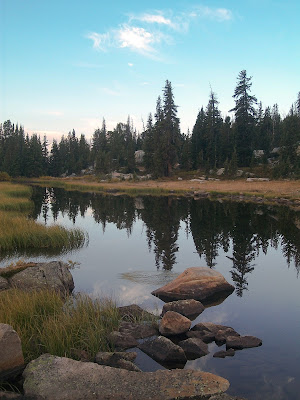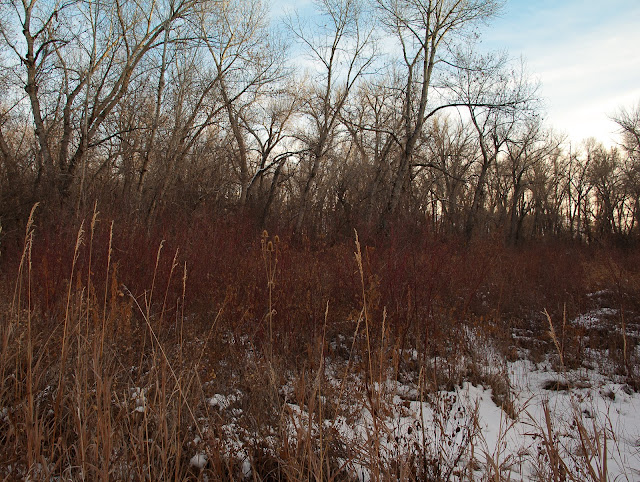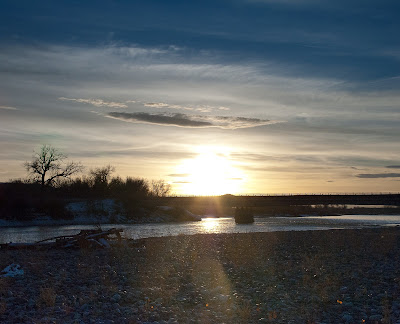Sunset/Dead Trees Yellowstone National Park
ISO:
80 I boosted the color saturation, had
lightroom use "Auto" settings to adjust
5.7
mm things first. Luminance smoothed
things out. There's some discoloration/
f /
4/6 speckling in the clouds on the
left, not sure how to fix that. Perhaps a
1/125
sec longer exposure, tripod and
proportionally adjusted aperture would help if
I take
this photo again.
Firehole Falls in Yellowstone National Park (black and white)
ISO: 80 I
cropped this from the original picture to get rid of distracting branches
13.7 mm that were
cluttering the edges. Brightened the water a bit. I kind of wish I had
f/ 4.6 had a
better camera that I could have taken a better shot with, perhaps a
tripod,
1/125 sec
longer exposure to experiment with the 'silky smooth' water
effect.
Twin Lakes (?) Yellowstone National Park
ISO: 80
7.1 mm
f/3/2
1/160 sec
Cropped this from he original to narrow the
focus. Played with different flter effects to clarify and 'blue' up the sky. I
saturated the purples and blues in the flowers to bring them out and saturated
the greens and golds/oranges in the grass a bit.
Sheepeater Cliffs Yellowstone National Park
ISO 99 Used
Lightroom to boost clarity, contrast, brought out the hightlights and
17.1 mm shadows of
the rocks. I also saturated the greens, aquas, yellows and oranges
f/ 5.2 of the
lichen.
1/125 sec

ISO 116
11 mm
f/4.1
1/100 sec

ISO 808.8 mm
f/3/6
1/100 sec
ISO: 80
5.7 mm
f/2.9
1/160 sec
Saturated the reds and purples, used the brush feature to bring
the flowers' color out more. Experimented with luminance and color noise
reduction.
ISO: 113
5.7 mm
f/ 2.9
1/60 sec
Fern in the Garden
Photo taken with Nikon D 70
ISO: 800 Warmed the
picture up in lightroom, played with color saturation.
135 mm
f/5.6
1/90 sec
Broken Rock
Photo taken with Nikon D 70
ISO 500
22mm
f/6.7
1/60 sec

Photo taken with Nikon D 70
ISO 500
18mm
f/8.0
1/90 sec
ISO: 500
31 mm
f/9.5
1/180 sec
ISO: 280
80mm
f/19
1/20 sec
Not the best photo ever taken, but I really like it. I converted
it to black and white to reduce the noise/grainy appearance. Cropped out some
power lines. I was in a moving vehicle when I took this, so the trees were a bit
blurry - using luminance on them really helped.
ISO: 500 An HDR
camera would have been useful here.
35mm
f/13
1/1000 sec
ISO: 1250
70mm
f/5.6
1/30 sec
ISO: 800 Cropped this one within an inch of its life. Too stubborn to give up on it.
135mm
f/11
1/750 sec
ISO: 500 Brightened it up using a filter, used luminance to smooth the noise
18mm Played with hues, saturated the blue in the sky
f/9.5
1/250 sec
ISO: 500
52mm
f/ 6.7
1/60 sec
Riverfront Park
20mm
f/
5.6
1/60
sec
Photo taken with
Nikon D 70
ISO:
900
62mm
f/5.3
1/30
sec
From the Rims
This one is all about the clouds.
Photo taken with
Nikon D 70
ISO:
800
135mm
f/11
1/1500
sec
Photo taken with Nikon D 70
ISO: 800
95mm
f/8.0
1/125 sec
Photo
taken with Nikon D 70
ISO: 800
105mm
f/ 9.5
1/350 sec
Photo taken with Nikon D 70
ISO: 800
66mm
f/11
1/750 sec
Pioneer Park
Playing with Shadows
Photo taken with Nikon D 70
ISO: 800
18mm
f/11
1/500 sec
ISO: 800
95mm
f/ 9.5
1/250 sec
On the Rims Again
ISO:
800
18mm
f/
11
1/250
sec
ISO 800
31mm
f/ 11
1/500 sec

























